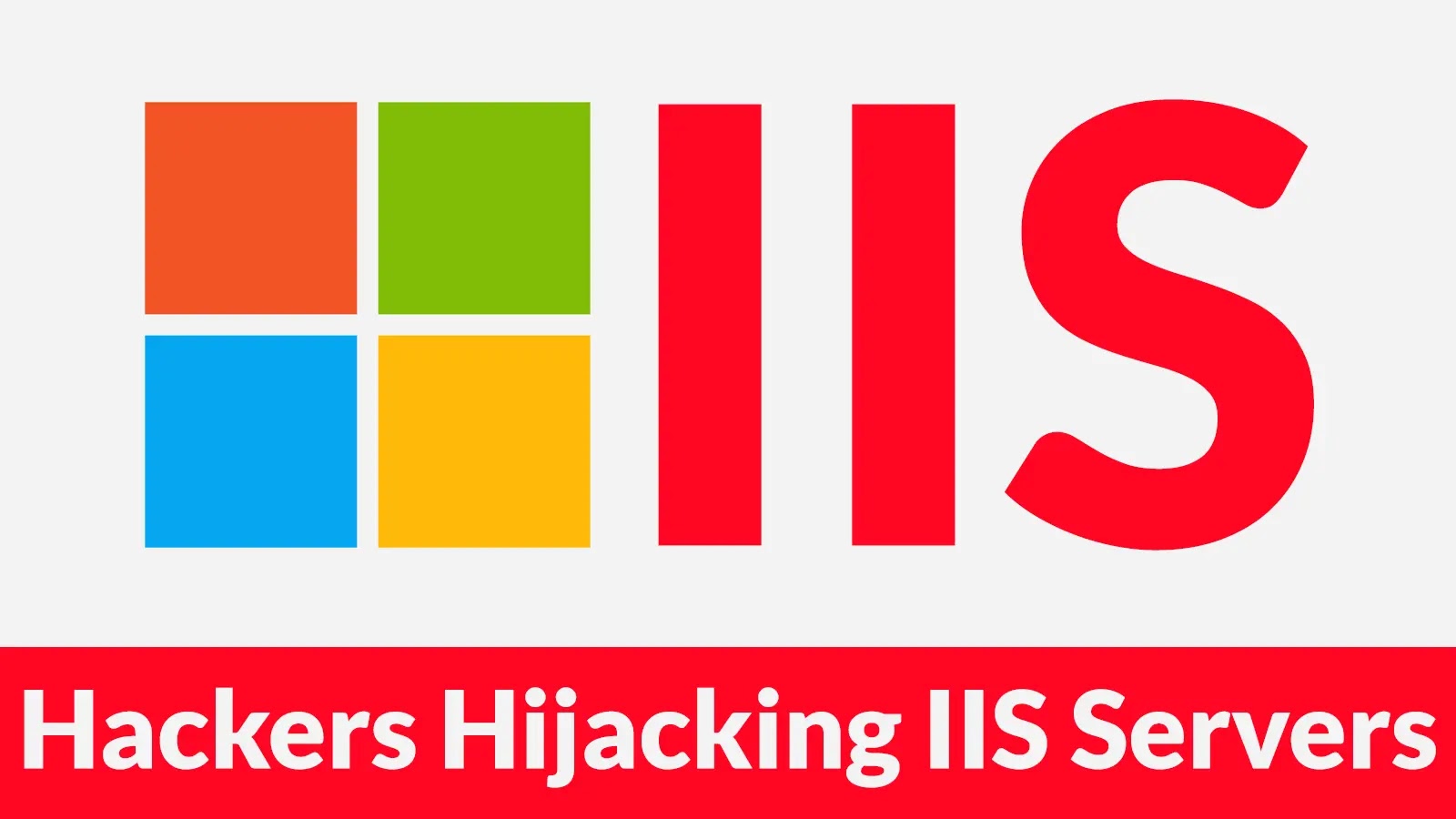
Hackers Hijacking IIS Servers in The Wild Using Exposed ASP .NET Machine Keys to Inject Malicious Modules
The digital landscape is under siege, and even decades-old vulnerabilities are proving to be devastatingly effective. A recent, sophisticated campaign has brought this stark reality into sharp focus, with attackers actively exploiting exposed ASP.NET machine keys to compromise Microsoft Internet Information Services (IIS) servers globally. This widespread attack isn’t just about data theft; it’s about leveraging vulnerable infrastructure for ongoing malicious operations, including remote command execution and insidious search engine optimization (SEO) fraud.
The Rising Threat: IIS Server Hijacks and Exposed ASP.NET Machine Keys
In late August and early September 2025, cybersecurity researchers observed a significant surge in attacks targeting IIS servers. The core of this operation lies in the exploitation of publicly exposed ASP.NET machine keys. These keys are cryptographic secrets used by ASP.NET applications to encrypt and decrypt sensitive data, such as authentication tickets, view state, and other session-related information. When these keys are improperly configured or, worse, exposed, attackers gain a critical foothold.
The attackers are exploiting the power of these compromised machine keys to inject malicious modules directly into IIS servers. Once injected, these modules grant threat actors extensive control, enabling them to execute arbitrary commands remotely. This level of access transforms a compromised server into a launchpad for further attacks and persistent malicious activity.
Understanding the Attack Vector: Machine Key Exploitation
An ASP.NET machine key is a fundamental security component. It’s a set of cryptographic keys used for validation and decryption purposes within an ASP.NET application. Ideally, these keys should be unique to each server and kept strictly confidential. However, misconfigurations, poor security practices, or legacy systems can lead to their exposure.
When an attacker obtains a valid machine key, they can craft malicious payloads that appear legitimate to the IIS server. This allows them to bypass authentication mechanisms and inject their own code or modules. The consequences are severe, ranging from data exfiltration and website defacement to the deployment of persistent backdoors.
The Dual Threat: Remote Code Execution and SEO Fraud
The current campaign highlights two primary objectives for the attackers:
- Remote Command Execution (RCE): This is the most critical immediate threat. With RCE capabilities, attackers can execute virtually any command on the compromised server. This could involve installing malware, creating new user accounts, modifying system configurations, or escalating privileges. The implications for data integrity and system availability are immense.
- Search Engine Optimization (SEO) Fraud: Beyond direct server control, the attackers are leveraging compromised IIS servers for SEO fraud. This typically involves injecting hidden links, keywords, or malicious redirects into legitimate websites hosted on the compromised servers. The goal is to manipulate search engine rankings, drive traffic to malicious sites, or distribute spam. This not only damages the reputation of the legitimate website but also exposes its visitors to further risks.
Remediation Actions: Securing Your IIS Servers
Protecting your IIS servers from this and similar attacks requires a proactive and multi-layered approach. Organizations must prioritize the security of their ASP.NET machine keys and overall server configuration.
- Review and Rotate ASP.NET Machine Keys: Immediately identify and review the configuration of ASP.NET machine keys on all IIS servers. Ensure they are unique, strong, and not publicly accessible. Regularly rotate these keys as a best practice, especially after any suspected compromise.
- Implement Strong Access Controls: Restrict administrative access to IIS servers and configuration files. Use the principle of least privilege, ensuring that only necessary personnel have elevated permissions.
- Regularly Patch and Update: Keep all software, including Windows Server, IIS, and ASP.NET components, fully patched and updated. While this attack leverages older vulnerabilities, updated systems often contain better detection and prevention mechanisms.
- Monitor IIS Logs and Network Traffic: Implement robust logging and monitoring for IIS servers. Look for unusual activity, failed login attempts, unusual module loads, or unexpected outbound connections. Use tools for network intrusion detection and prevention.
- Web Application Firewall (WAF): Deploy a WAF in front of your IIS servers. A WAF can help detect and block malicious requests that attempt to exploit vulnerabilities or inject code.
- Conduct Regular Security Audits and Penetration Testing: Proactively identify vulnerabilities in your IIS configurations and ASP.NET applications through regular security audits and penetration testing.
- Educate Developers and Administrators: Ensure that developers and system administrators understand the importance of secure coding practices and proper server configuration, particularly concerning cryptographic keys and sensitive data.
Relevant Tools for Detection and Mitigation
Leveraging the right tools can significantly enhance your ability to detect, prevent, and respond to such attacks.
| Tool Name | Purpose | Link |
|---|---|---|
| Microsoft Message Analyzer | Network protocol analysis, identifying suspicious traffic patterns. | https://www.microsoft.com/en-us/download/details.aspx?id=44226 |
| IIS Log Parser Studio | Advanced analysis of IIS log files for anomalies and attack indicators. | https://github.com/microsoft/IIS-Log-Parser-Studio |
| Nmap | Network scanning and service enumeration to identify exposed services. | https://nmap.org/ |
| OWASP ZAP | Web application security scanner to identify common web vulnerabilities. | https://www.zaproxy.org/ |
| Microsoft Baseline Security Analyzer (MBSA) | Scans for common security misconfigurations on Microsoft systems. | Discontinued; utilize Azure Security Center / Microsoft Defender for Cloud for modern equivalents. |
Conclusion
The recent campaign targeting IIS servers through exposed ASP.NET machine keys underscores a critical truth in cybersecurity: foundational security principles remain paramount. Decades-old vulnerabilities, if not addressed, continue to be viable attack vectors for sophisticated threat actors. Organizations must prioritize robust configuration management, continuous monitoring, and proactive security measures to protect their web infrastructure. Ignoring these fundamental aspects leaves doors wide open for remote command execution and insidious attacks like SEO fraud, severely impacting reputation and operational integrity.





